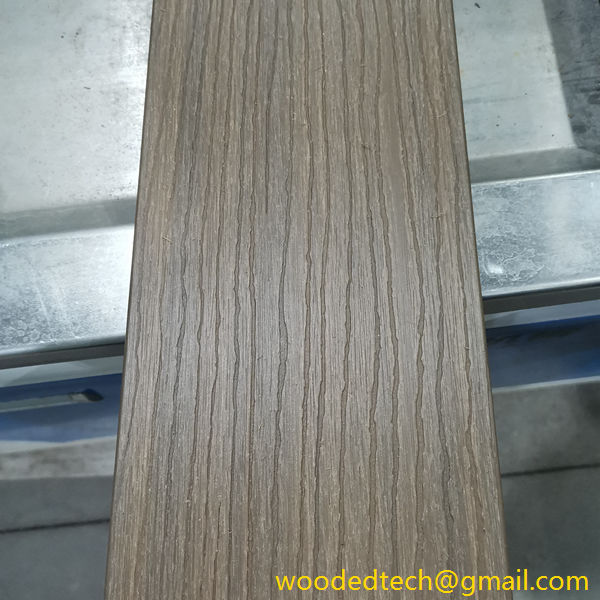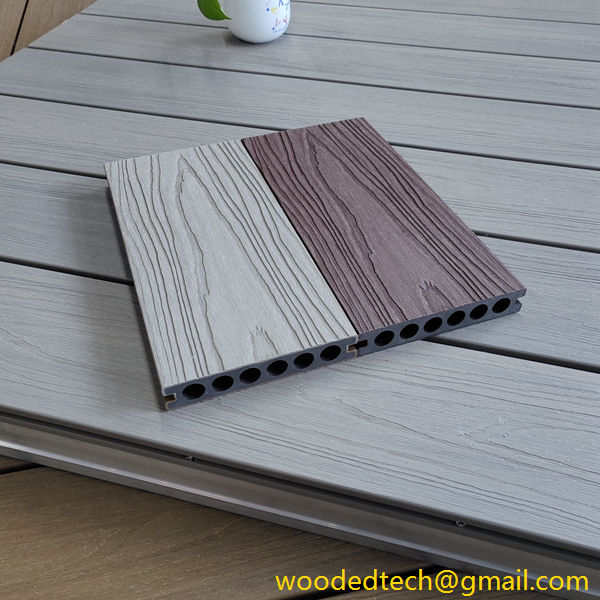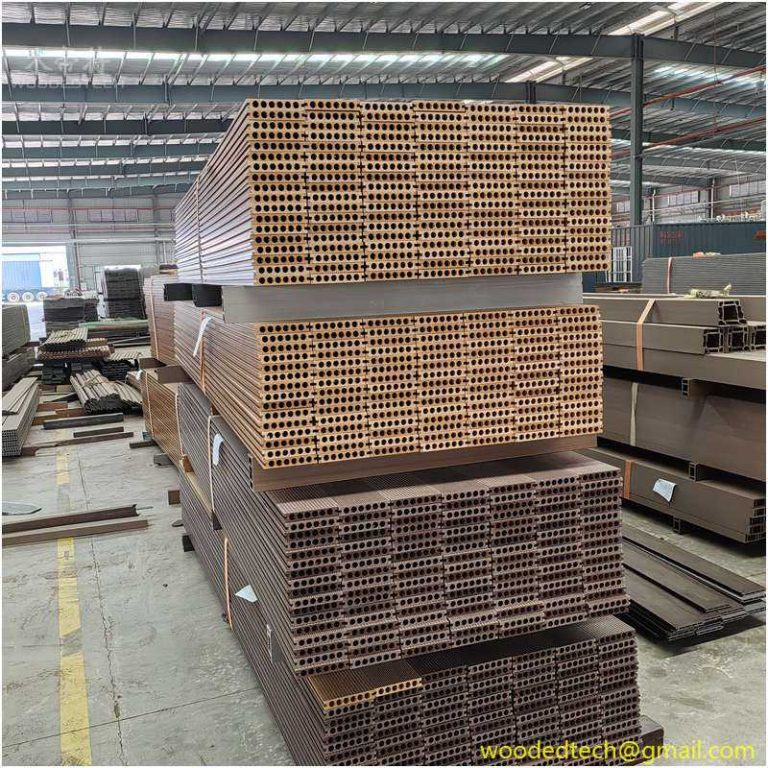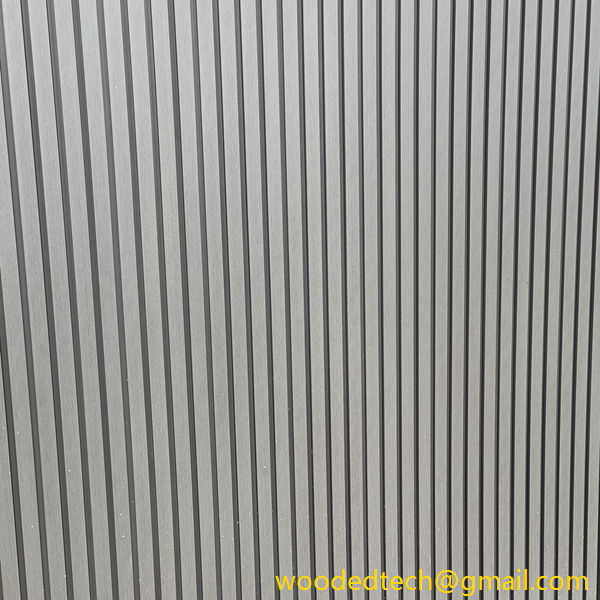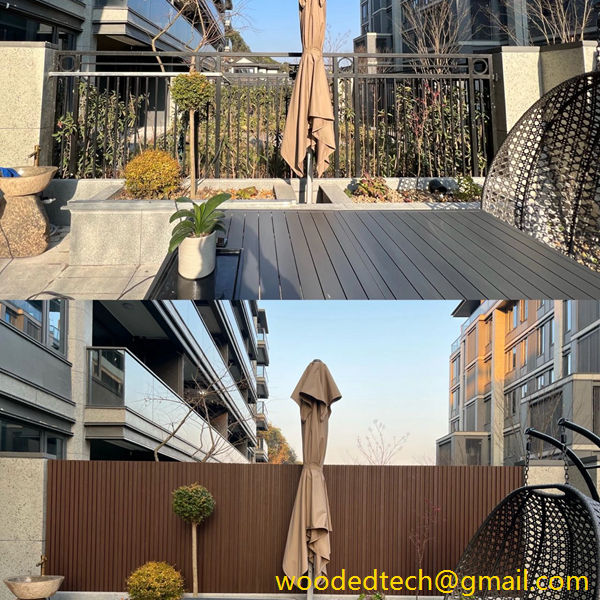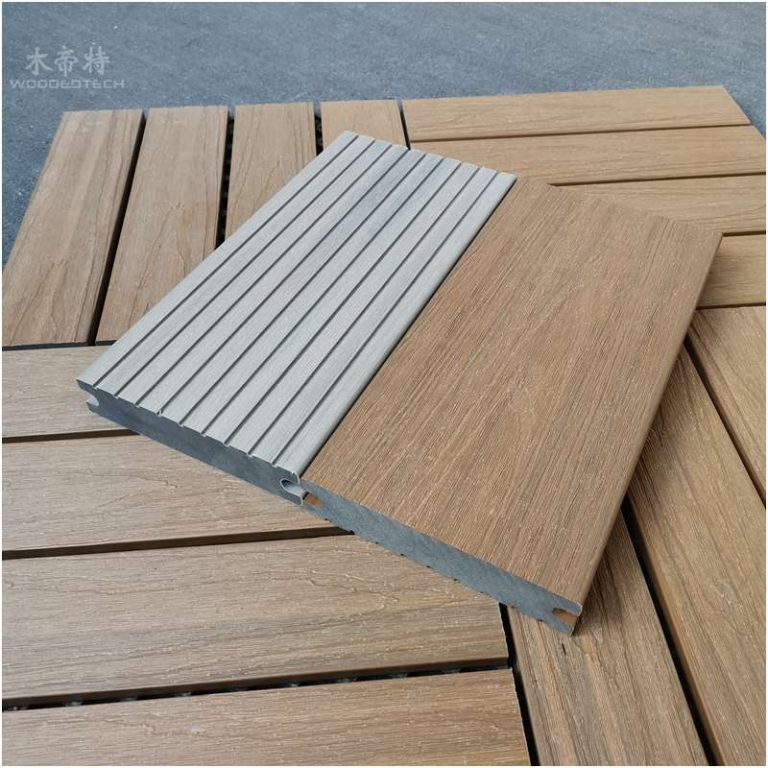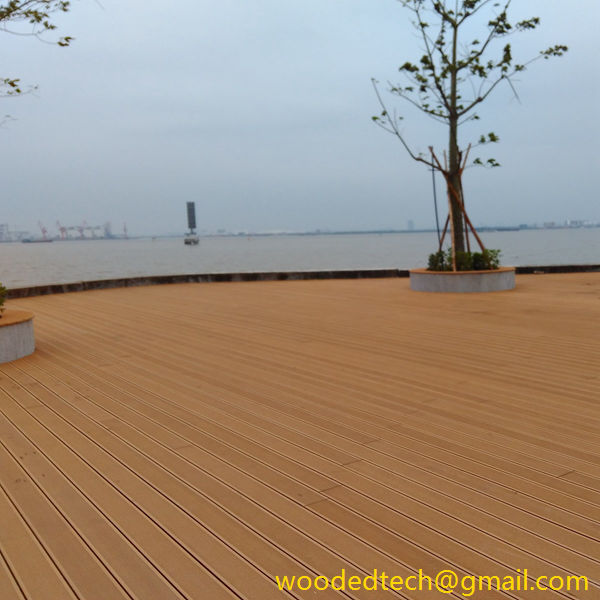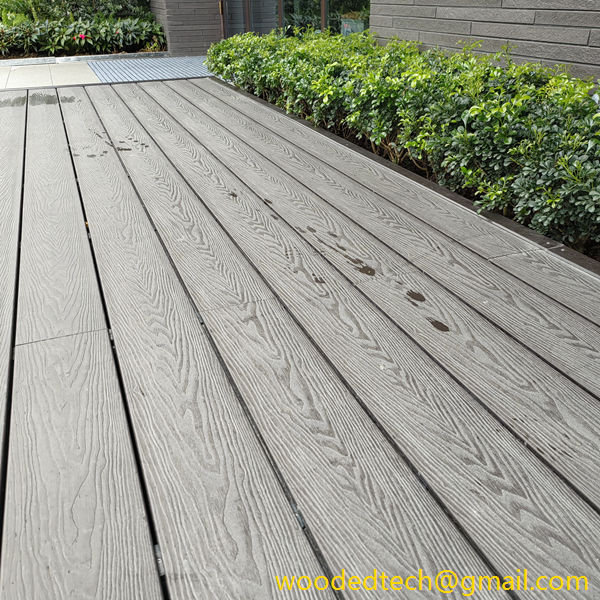Is Composite Decking Slippery When Wet? What You Should Know
Is Composite Decking Slippery When Wet? What You Should Know Composite decking has gained popularity in recent years due to its aesthetic appeal and low maintenance requirements. However, many homeowners and potential buyers often wonder about the safety and functionality of composite decks, particularly when it comes to wet conditions. One common concern is whether…
Is Composite Decking Slippery When Wet? What You Should Know
Composite decking has gained popularity in recent years due to its aesthetic appeal and low maintenance requirements. However, many homeowners and potential buyers often wonder about the safety and functionality of composite decks, particularly when it comes to wet conditions. One common concern is whether composite decking becomes slippery when wet.
To understand this issue, it is essential to consider the materials that make up composite decking. Composite decking is typically made from a blend of wood fibers and plastic. This combination allows it to mimic the appearance of natural wood while offering advantages such as resistance to rot, fading, and insects. However, the surface texture of composite decking can vary depending on the manufacturer and the specific product line. Some composite decks are designed with a textured surface to enhance traction, while others may have a smoother finish.
When wet, many surfaces can become slippery, and composite decking is no exception. However, it is essential to acknowledge that not all composite decking products are created equal in this regard. Some brands incorporate special features, such as a textured surface or grooves, that help improve traction even in wet conditions. These design elements can significantly reduce the risk of slipping, making them a safer option for outdoor spaces, especially around pools or areas exposed to rain.
Another aspect to consider is the environmental factors that can affect the slipperiness of composite decking. For instance, if the deck is covered in leaves, algae, or dirt, it can become increasingly slippery when wet. Regular maintenance, such as cleaning the deck and removing debris, is essential for maintaining traction and safety. Fortunately, composite decking is generally easier to clean than traditional wood decking, as it does not require sanding, staining, or sealing. A simple wash with soap and water is often sufficient to keep it looking its best.
In addition to texture and maintenance, the climate in which you live can also impact the safety of your composite deck. In regions that experience high humidity or frequent rain, the risk of slipperiness may increase. Homeowners in such areas should consider choosing composite decking materials designed for high-traction performance. Many reputable manufacturers provide detailed information regarding the slip resistance of their products, often including ratings that indicate how well the decking performs when wet. It is advisable for consumers to research and refer to these ratings when selecting composite decking.
Furthermore, the design and layout of your deck can also play a role in its safety when wet. Sloping the deck away from the house can help ensure that water drains off rather than pooling in certain areas. Proper drainage is crucial for preventing slippery conditions. Additionally, installing railings and non-slip mats in high-traffic areas can enhance safety and provide extra grip when navigating the deck.
It is also worth noting that the potential for slipping is not limited to composite decking. Other outdoor surfaces, such as natural wood, concrete, and stone, can also become slippery when wet. Therefore, it is essential to consider not just the decking material but also the entire outdoor environment when evaluating safety risks.
In conclusion, while composite decking can become slippery when wet, various factors influence its overall safety. The choice of material, surface texture, regular maintenance, environmental conditions, and proper deck design all play critical roles in minimizing the risk of slipping. Homeowners can take proactive measures to ensure their composite deck remains safe and functional, even in wet conditions. By selecting high-traction products, maintaining a clean surface, and considering the layout of the deck, it is possible to enjoy the aesthetic and practical benefits of composite decking without compromising safety.
Ultimately, composite decking is designed to offer a maintenance-free experience in the later stages of its life. With proper care and consideration of the factors mentioned, homeowners can enjoy their outdoor spaces with confidence, knowing that they have taken the necessary steps to mitigate risks associated with wet conditions. Whether for entertaining guests or simply enjoying a quiet evening outdoors, a well-maintained composite deck can provide years of enjoyment without the constant upkeep associated with traditional wood decking.

